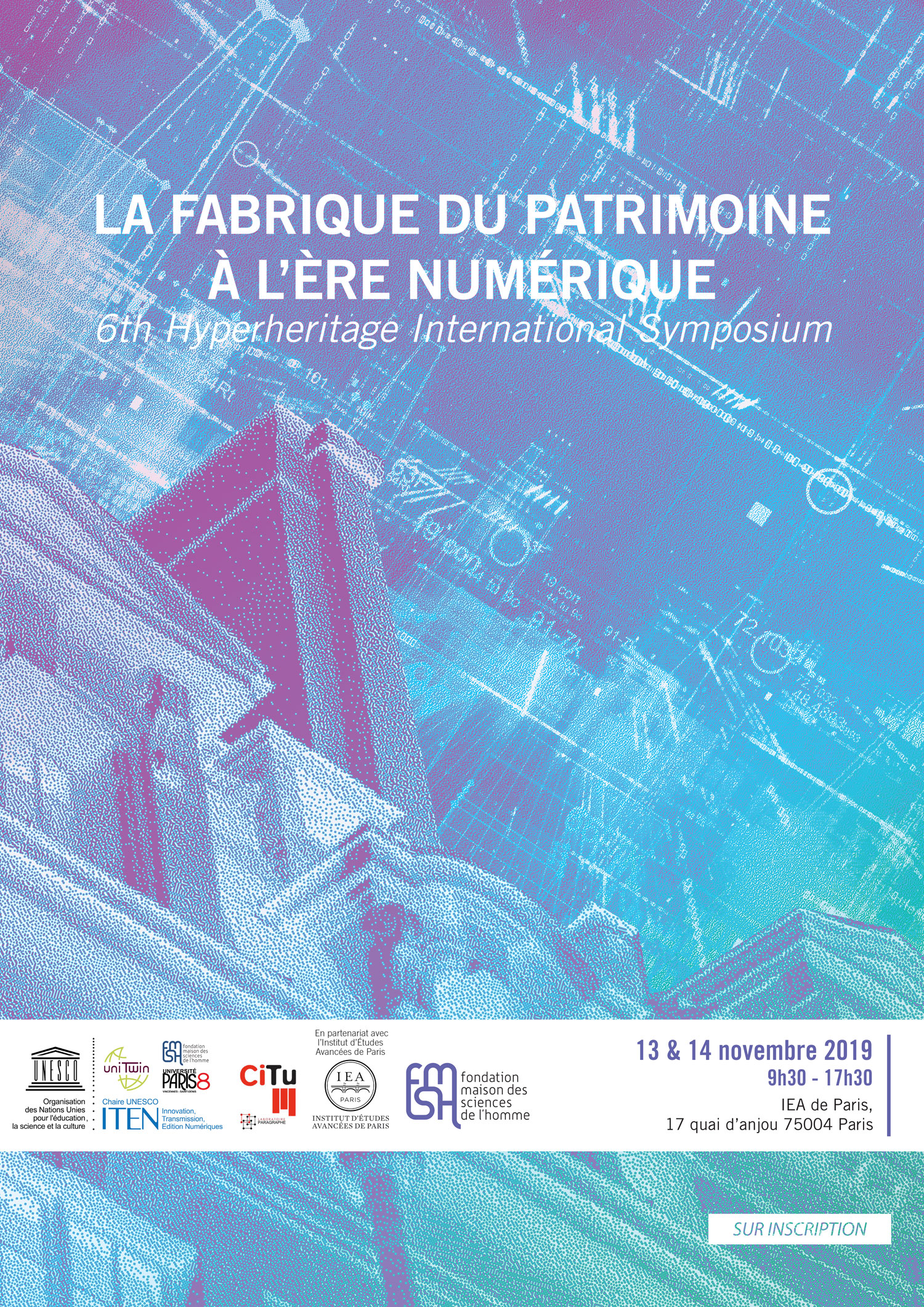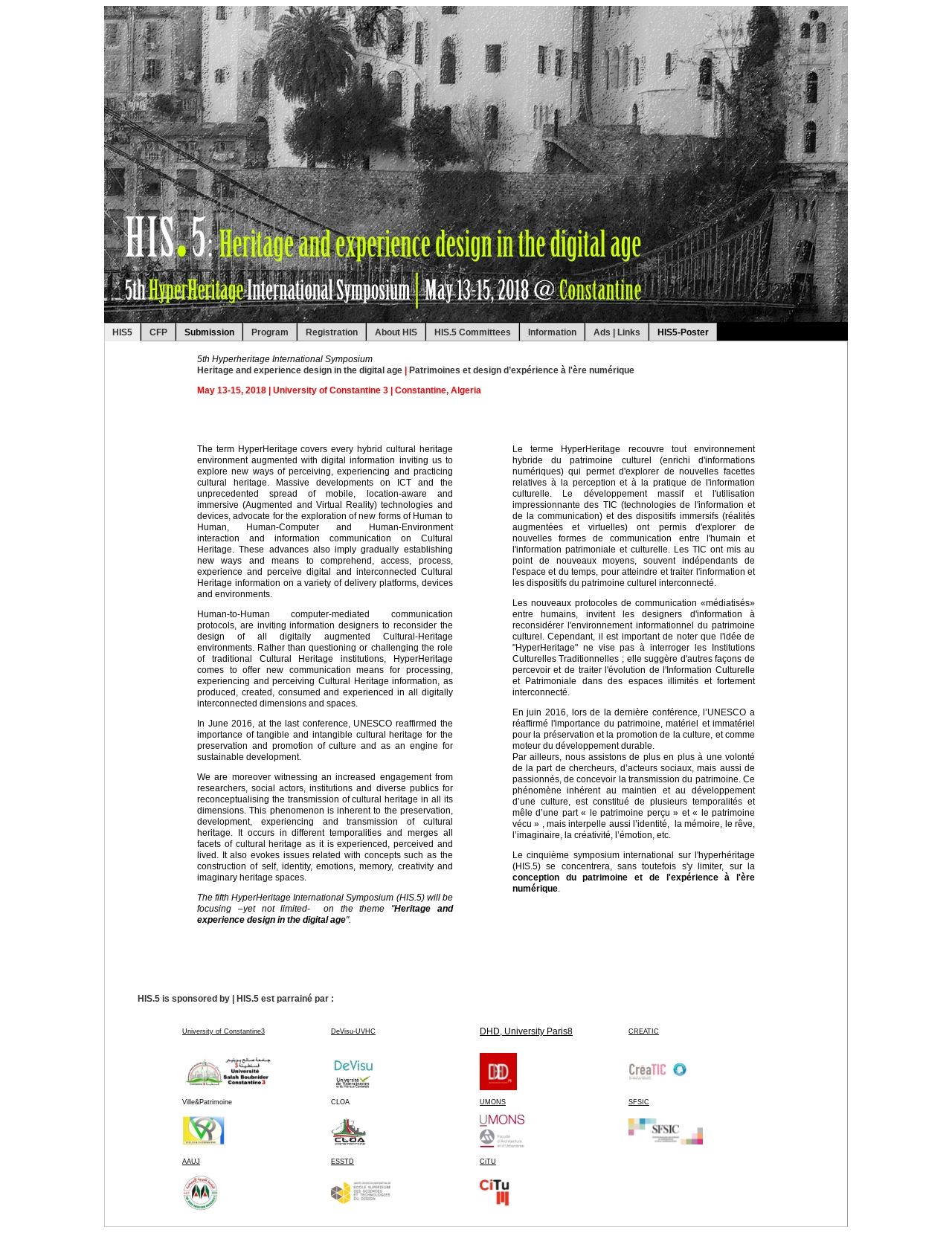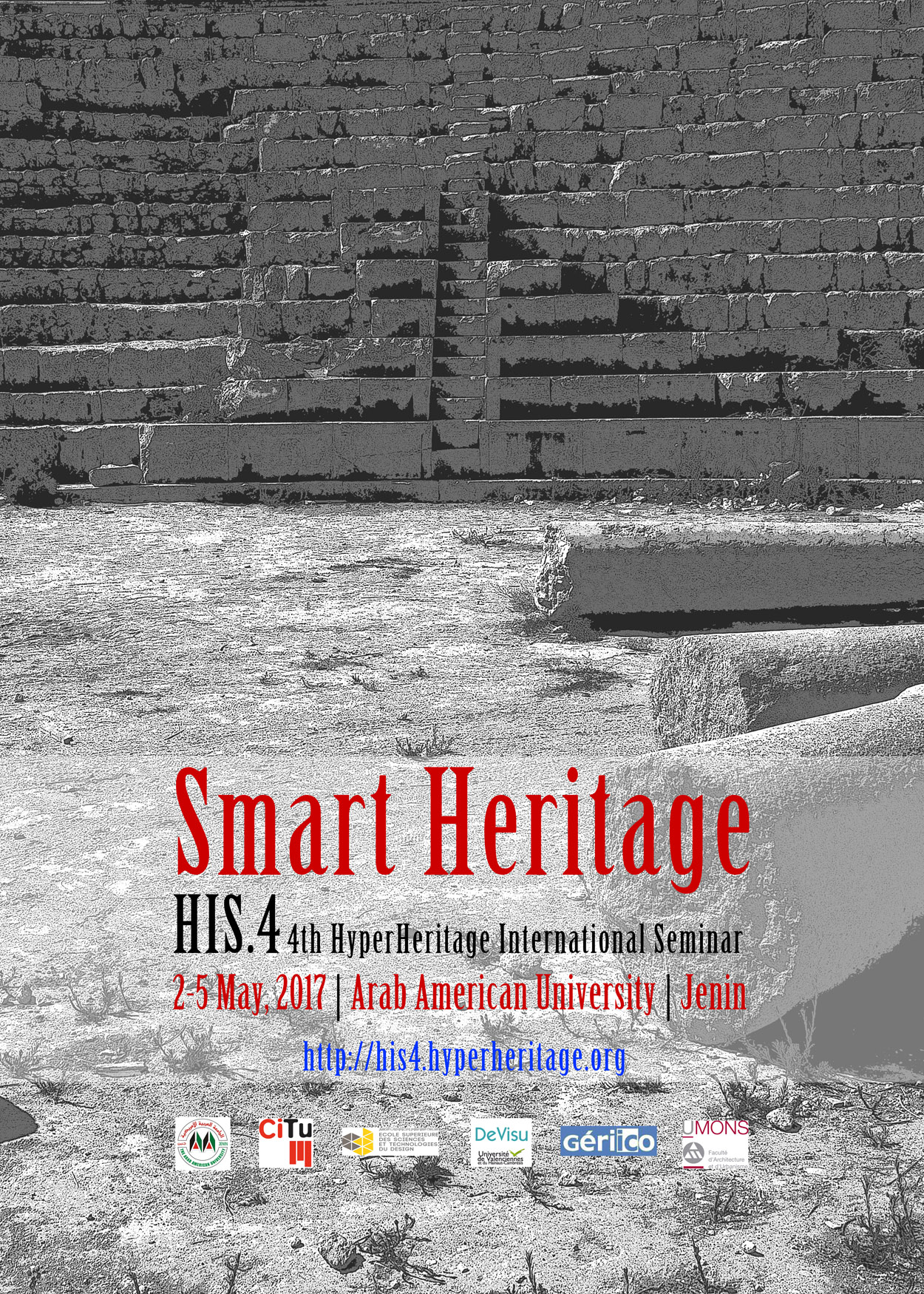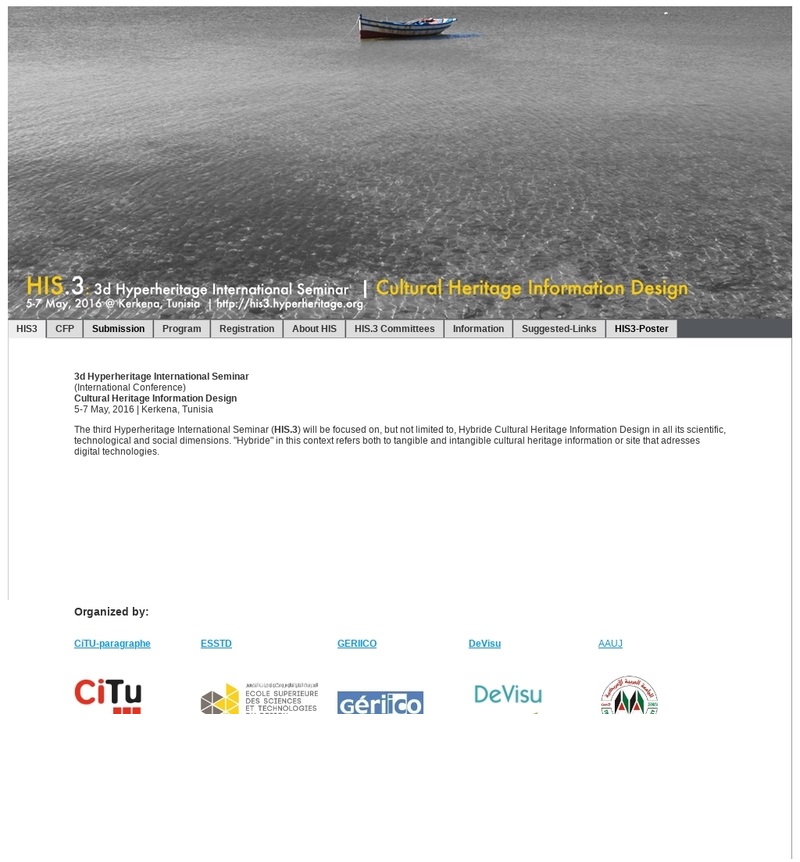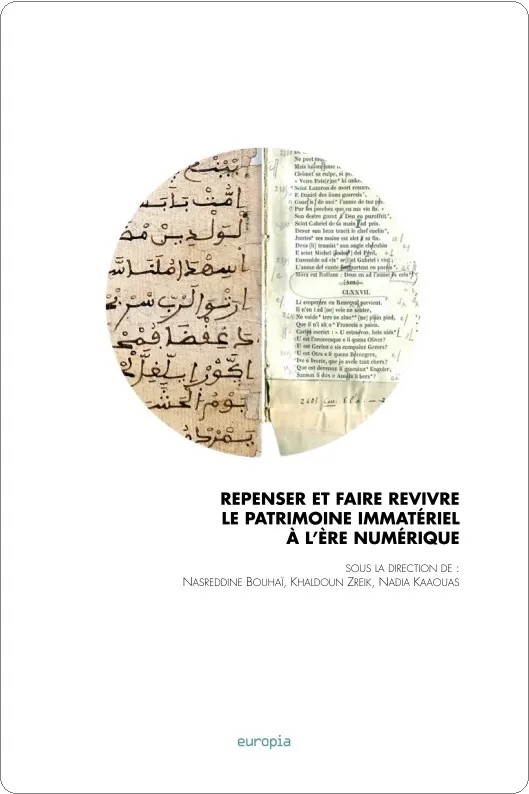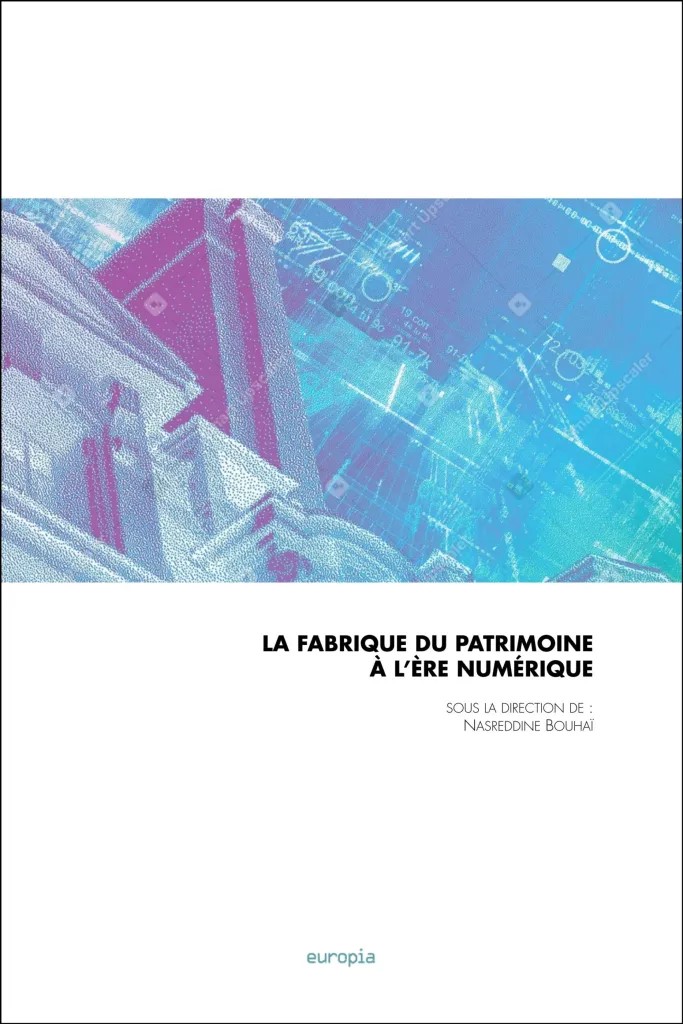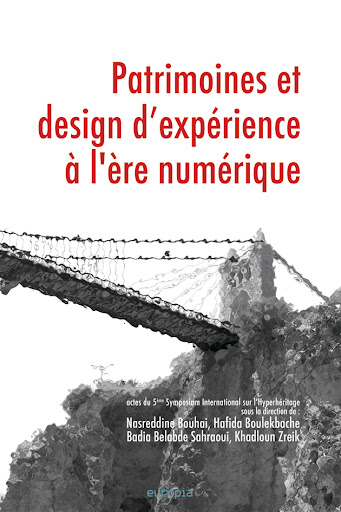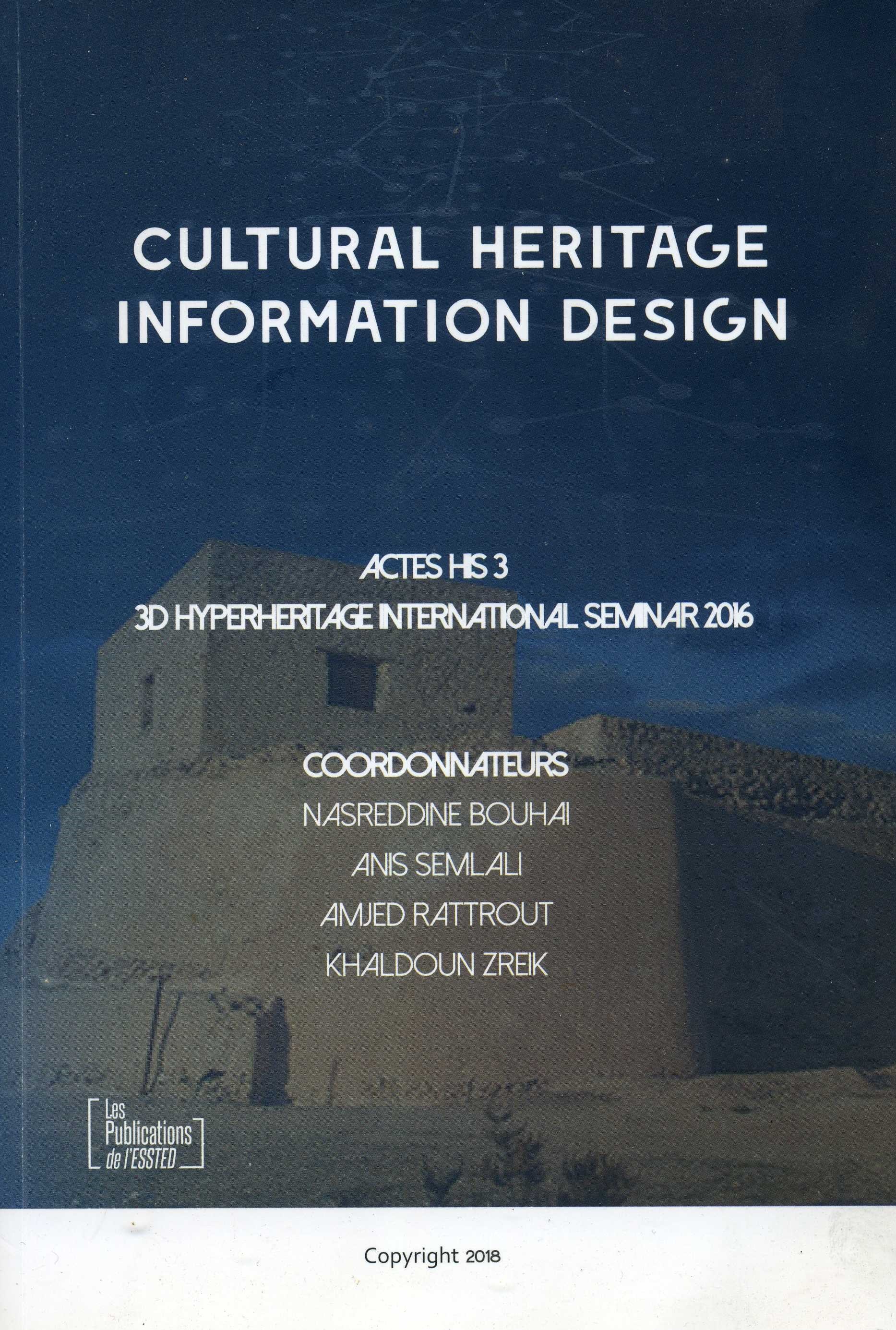- PARAGRAPHE Laboratory - CITU-Paragrape, Paris 8 University / Cergy-Pontoise University, France
- Higher Institute of Arts and Crafts Tataouine(ISAMT), Gabès University, Tunisia
- Higher School of Design Sciences and Technologies(ESSTED), Manouba University, Tunisia
Cultural and natural heritage in the post-digital era
November 30 and December 1, 2023
Higher Institute of Arts and Crafts Tataouine
Tataouine, Tunisia
Organized by:
Argument
Following the previous editions, the international symposium HyperHeritage (HIS), focuses on all the problems connected to the tangible and intangible cultural heritage, its protection, its presentation and interpretation, innovation, conservation and the public engagement.
The heritage is at the same time tangible and intangible. By Tangible heritage we intend: the objects, the architecture, the built environment. By intangible heritage we mean the traditions “as living expressions inherited by our ancestors, as for instance the oral transmission, spectacles, social practices, traditional rites and festivities, the crafts” (Anonym). Also, the natural resources, traditional medicine and biology are associated and part of the heritage.
The word HyperHeritage includes all the hybrid aspect of the cultural heritage (with digital support), and allows us to investigate new aspects in relation to the perception and the practices of the digital heritage. The increasing use of digital instruments in the heritage management and protection, including VR, is allowing the creation of new ways of communication.
The use of digital heritage has substantially changed our cultural experience, not only in terms of accessing it, and disseminating it, but also in terms of public engagement on a large scale. The digital support is not only a medium, but has become essential for the creative processes, the diffusion or the perception of the Cultural Heritage.
This evolution in practices, accompanied by new changes and new issues and challenges, places society in a more post-digital era, in which natively digital or digitized data, cultural and heritage data constitute a major challenge for the society. A society in perpetual change that wants to be the philosopher's stone of design. Indeed, according to the story put forward by Midal in 2009, design has always been concerned with societal issues and its mutations, of which we can consider its heritage. Heritage is just as present in the artefacts treated by the designers as in the digital media or even in nature.
Within this perspective, the 8th international symposium HyperHeritage (HIS.8) aims to actively contribute to the promotion of research around the theme of cultural heritage, in connection with the information technology, the natural sciences, design or the human and social sciences, according to various approaches: digital, biological, anthropological, etc. It will focus, although not exclusively, on the issues and challenges of cultural heritage in the post-digital era. The symposium is open (without any limits to the following topics:
|
|
Expanded themes
|
|
Conference Languages
The official languages are French and English, for papers and presentations.
Important Dates
If you notice a difficulty in the display, please copy/paste just the following link in the browser bar: https://easychair.org/conferences/?conf=his8 |
|
| Deadline to return a proofread, corrected and final version of the article | |
| Conference |
Instructions to authors
The submission of a proposal will be done according to the following dates and process:
| Extension of the submission date until Sunday, September 17 |
The authors of the accepted papers at the end of the evaluation process will be invited to submit a non-anonymized version. |
Evaluation of proposals and publication
The complete articles submitted to the colloquium will go through a peer-review evaluation, the scientific committee will proceed to notify the acceptance or refusal at the end of this first phase.
- For all oral communications presented at the conference: publication of the proceedings in digital version in the form of a one-page summary (Title, affiliation and French and English summary).
- The organization committee and the scientific committee will then proceed after the colloquium, to the selection of the best papers for the publication open access without significant changes. Other articles may be selected for publication in one or two issues of an online journal (associated with the colloquium) devoted to the theme of heritage.
Registration / Participation fees
Registration (befor November 10, 2023): registrations are now closed
Registration is compulsory at least for one of the authors of each accepted communication.
Participation fees (befor November 30, 2023)
Terms of payment and participation fees are as follows:
| Fees for registration before November 30, 2023 | Academic / Professional: 180 euros including tax |
Participation fees include:
- participation in the symposium
- 1 copy of the symposium proceedings
- coffee breaks
Participation fees:
| Payment by bank transfer to Europia Productions |
Identification Internationale (IBAN) IBAN FR76 3000 3031 9000 0207 2706 978 Identification internationale de la Banque (BIC) SOGEFRPP |
| Payment by purchase order (public bodies) |
The purchase order must be made out to the name of: Europia productions 15 avenue de Ségur, 75007 Paris, France. e-mail : info@europia.fr | https://europpia.fr |
| Bank check payment |
The bank check must be attached to the registration form and made payable to: Europia Productions Be sure to mention your name and the HyperUrbain.9 reference on the back of the bank check. Europia Productions, 15 avenue de Ségur, 75007 Paris, France. |
Scientific organizing committee
- Naoufel ABBES, TIMM, ESSTED, Manouba University, Tunisia
- Nasreddine BOUHAI, CITU-Paragraphe, University Paris8, France
- Tahar GHNAYA, ISAM Tataouine, Gabès Uiversity, Tunisia
- Khaldoun ZREIK, CITU-Paragraphe, University Paris8, France
Local organizing committee
- Naoufel ABBES, TIMM, ESSTED, Manouba University, Tunisia
- Rachida AKIL, ESSTED, Manouba University, Tunisia
- Brahim BEN NABHEN, ISAM Tataouine, Gabès Uiversity, Tunisia
- Jazia BOUZAKHER ISAM Tataouine, Gabès Uiversity, Tunisia
- Anouar DERGUECH, ISAM Tataouine, Gabès Uiversity, Tunisia
- Tahar GHNAYA, ISAM Tataouine, Gabès Uiversity, Tunisia
- Neila RHOUMA, TIMM, ESSTED, Manouba University, Tunisia
- Ali THABTI, ISAM Tataouine, Gabès Uiversity, Tunisia
- Ikram ZEKRI, ISAM Tataouine, Gabès Uiversity, Tunisia
International Advisory Board
- Naoufel ABBES, TIMM, ESSTED, Manouba University, Tunisia
- Julien ANGELINI, Università di Corsica Pasquale Paoli, France
- Ghislaine AZEMARD, Chaire UNESCO ITEN, Paris, France
- Julien ANGELINI , Università di Corsica Pasquale Paoli, France
- Roberto BARTHOLO, Universidade Federal do Rio de Janeiro, Brazil
- Vincent BECUE, Mons University, Belgique
- Riadh BEN ACHOUR, ISAM Tataouine, Gabès University, Tunisia
- Badia BELABED SAHRAOUI, Salah Boubnider University – Constantine 3, Algeria
- Philippe BONFILS, Toulon University, France
- Nasreddine BOUHAI, CITU-Paragraphe Laboratory, Paris 8 University, France
- Hafida BOULEKBACHE, Larsh-DeVisu, Polytechnique Hauts de France University, France
- Mohammed Nejib BOUTALEB, ISAM Tataouine, Gabès University, Tunisia
- Stéphane CARO, MICA, Bordeau Montaigne University, France
- Stéphane CHAUDIRON, GERiiCO, Lille University, France
- Tahar GHNAYA, ISAM Tataouine, Gabès University, Tunisia
- Ramzi HASSAN, School of Landscape Architecture at the Norwegian University of Life Sciences, Norway
- Marinos IOANNIDES, Cyprus University of Technology, Cyprus
- Nadia KAAOUAS, Hassan II University - Casablanca, Maroc
- Ioannis KANELLOS, IMT Atlantique, Brest, France
- Smail KHAINNAR, Larsh-DeVisu, Polytechnique Hauts de France University, France
- Samiha KHELIFA, TiiM, ESSTED, Manouba University, Tunisia
- Salma KTATA, TiiM, ESSTED, Manouba University, Tunisia
- Panagiotis KYRIAKOULAKOS, University of the Aegean, Greece
- Jean-Charles LAMIREL, Strasbourg University, France
- Patrizia LAUDATI, SicLab Méditerranée, EUR CREATES, Côte d’Azur University, France
- Michel MEIMARIS, University of Athenes, Greece
- François MELA, Paris 13 University, France
- Sylvie LELEU-MERVIEL, Larsh-DeVisu, Polytechnique Hauts de France University, France
- Anna LEONE, Durham University, United Kingdom
- Khedidja OULEM, Tebessa University, Algeria
- Emilio PRADO, Universidad Autónoma de Barcelona, España
- Daniel RAICHVARG, Bourgogne University, France
- Amjad RATROUT, Arab American University, Palestine
- Neila RHOUMA, TIMM, ESSTED, Manouba University, Tunisia
- Fabrice ROCHELANDET, Sorbonne University, Paris, France
- Muath SABHA, Arab American University, Palestine
- Anis SEMLALI, American University of Ras Al Khaimah, UAE
- Marta SEVERO, Paris 10 University, France
- Pascal SIMEON, Mons University, Belgium
- Modestos STAVRAKIS, University of the Aegean, Greece
- Federico TAJARIOL, Franche-Comté University, France
- Mateo TRELEANI, Lille University, France
- Marie-Michèle VENTURINI, Università di Corsica Pasquale Paoli, France
- Xenophon ZABULIS, Institut of Computer SCiences, Foundation of Research and Technology Hellas, Greece
- Ikram ZEKRI, ISAM Tataouine, Gabès University, Tunisia
- Khaldoun ZREIK, CITU-Paragraphe Laboratory, Paris 8 University, France (HIS conferences general chair)
Partners:
| Paris 8 University, France |
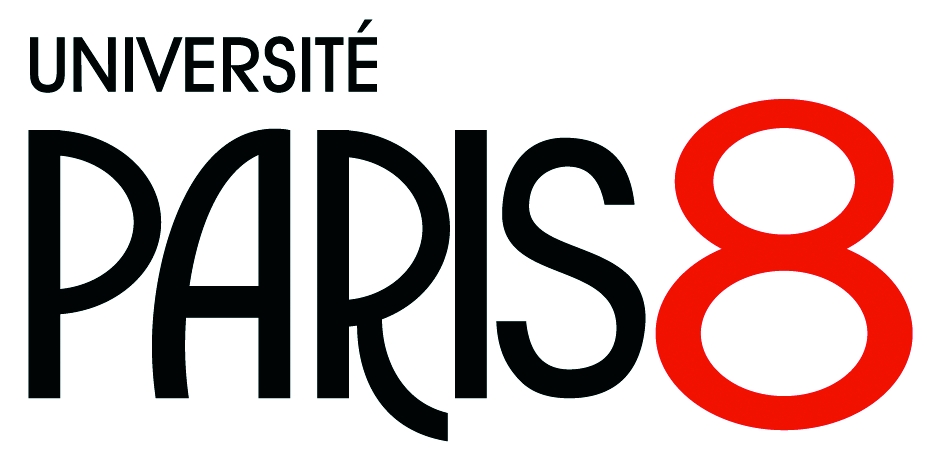
|
| University (CY) Cergy Paris , France |
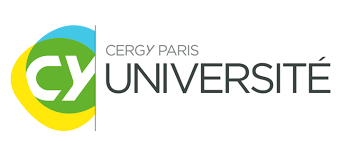
|
| Gabès University, Tunisia |

|
|
Transdisciplinary Research Laboratory on Individuals, Institutions and Mutations (TIIM) Tunisie |
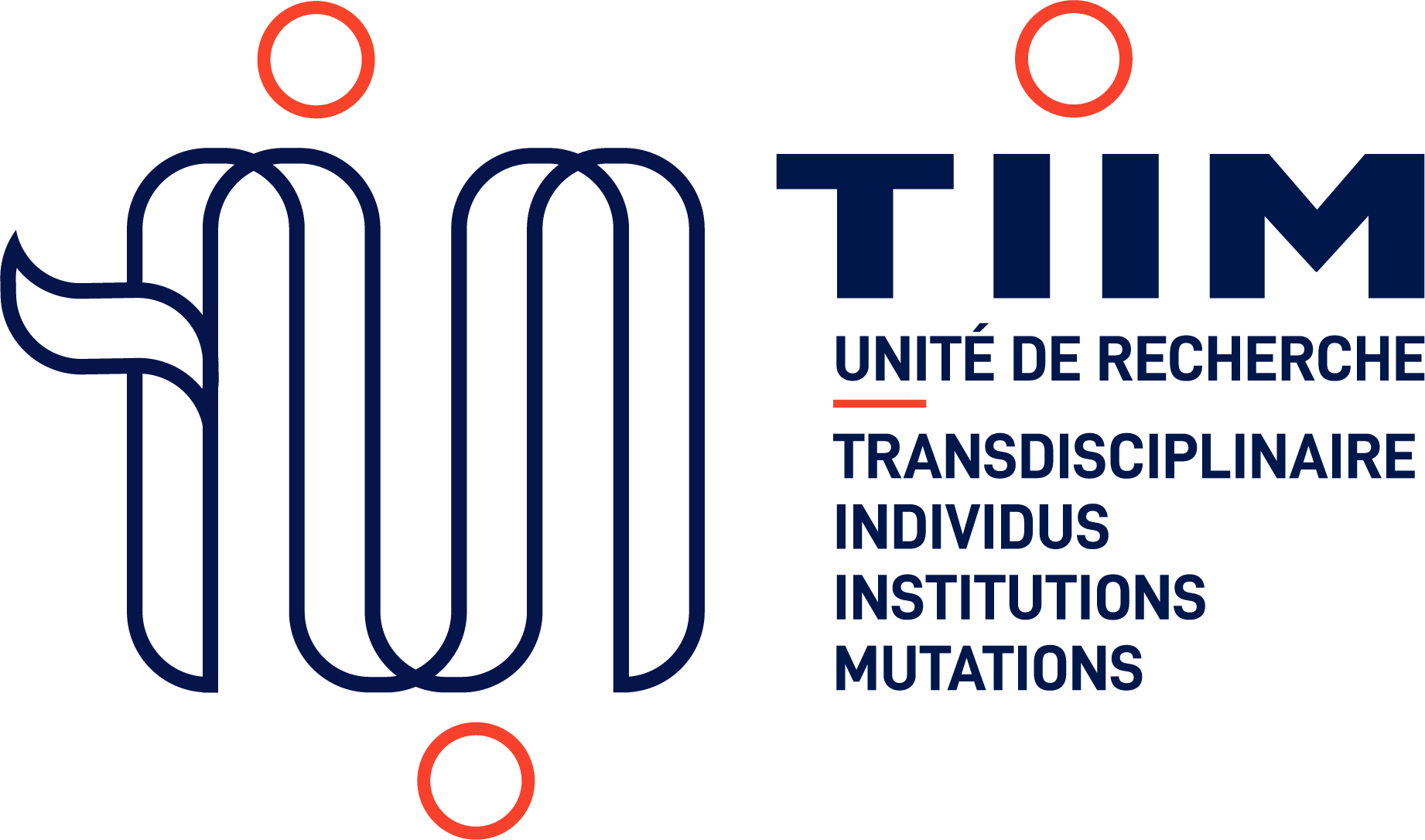
|
| Publishing, Languages, Literature, Computer Science, Arts, Didactics, Discourses Laboratory (ELLIADD) Franche-Comte University – Montbéliard, France |

|
|
LARSH Laboratory, DeVisu Department Polytechnique Hauts-de-France University, France |

|
|
GERiiCO Laboratory Lille University, France |
|
|
Arab American University Palestine |
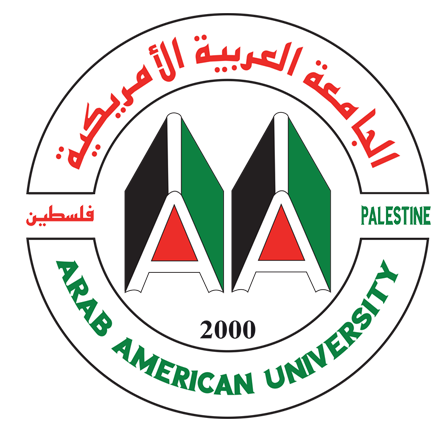
|
|
Mons University Belgium |
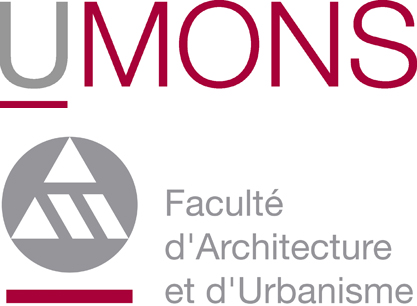
|
|
Aïn Chock Faculty of Letters and Sciences
HASSAN II Casablanca University, Maroc |
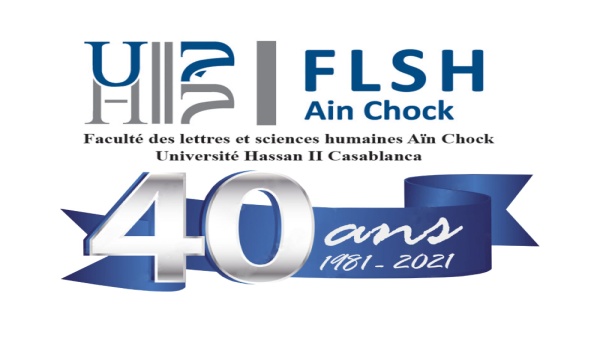
|
|
Chaire ITEN - UNESCO |

|
|
FMSH - Paris |
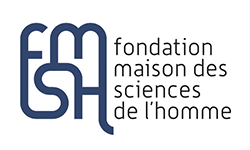
|
|
SicLab Laboratory Côte d'Azur University |
|
Useful information
Place of the conference: (to come)
Hotel suggestion: (to come)
Transport: Foreign participants are invited to take flights to Djerba airport. A shuttle will be set up to transport participants to Tatouine (days and times to come)
Main contact
Laboratoire Paragraphe
Université Paris 8
2, rue de la Liberté - 93526 Saint-Denis Cedex 02
Tél. : (33) + (0)1 49 40 73 43
Contact email
his![]() univ-paris8.fr
univ-paris8.fr

